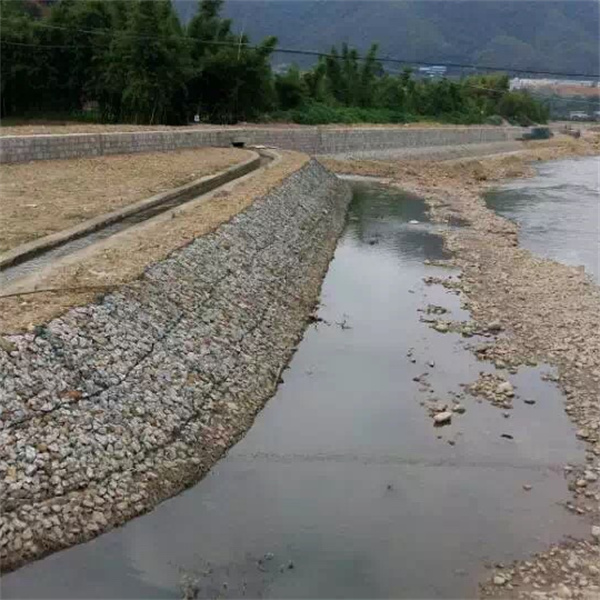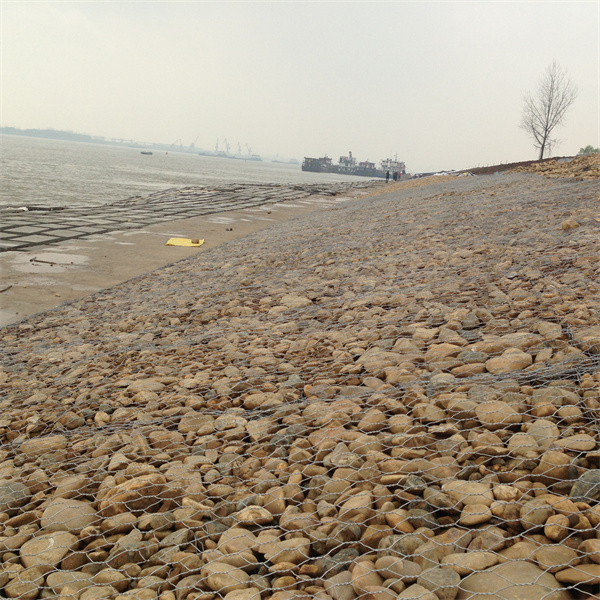jun . 08, 2025 01:52 Back to list
Premium Stone Cage Nets Top Suppliers & Factories Durable Gabion Solutions
- Statistical Insights: The Growing Erosion Control Market
- Engineering Advantages of Stone Cage Net Systems
- Comparative Analysis of Leading Global Suppliers
- Material Technology Breakthroughs in Production
- Custom Fabrication Solutions for Complex Projects
- Case Histories: Performance in Extreme Environments
- Selecting High-Performance Stone Cage Net Systems

(stone cage net)
The Essential Role of Stone Cage Net in Infrastructure Protection
Gabion structures have protected shorelines and stabilized slopes since Renaissance times, but modern stone cage net
technology represents a quantum leap in erosion control engineering. Global infrastructure development drives projected 6.2% annual market growth through 2028, with stone cage nets comprising over 34% of hydraulic engineering solutions. This demand surge pressures contractors to identify truly reliable stone cage net suppliers who combine material science expertise with precision manufacturing capabilities. Unlike temporary barriers, these engineered systems provide permanent soil consolidation while promoting ecological balance through natural vegetation growth within the wire matrix.
Statistical Insights: The Growing Erosion Control Market
Recent flood disasters across Europe and North America caused $21.3 billion in structural damage, with 78% attributed to inadequate erosion control measures. Engineering reports indicate that properly installed stone cage nets reduce sediment displacement by 92% compared to loose riprap. The global erosion prevention market reached $27.6 billion in 2023, with Asia-Pacific comprising 43% of stone cage net consumption. Coastal reinforcement projects now specify minimum service life of 50 years for containment systems, driving technological innovation among leading stone cage net factories. Climate adaptation initiatives have increased government infrastructure spending by 18% annually since 2020.
Engineering Advantages of Stone Cage Net Systems
The primary technical distinction lies in deformation tolerance: standard mesh collapses under 18-ton loading while double-twisted hexagonal patterns withstand up to 63 tons without structural failure. Modern polygonal gabion designs provide 40% greater shear resistance than traditional rectangular units through optimized load distribution. Advanced stone cage net factories employ Galfan® coating technology – 85% zinc-aluminum alloy that quadruples corrosion resistance compared to conventional galvanization. This extends service life beyond 60 years in marine environments where salt concentrations exceed 32ppm. For seismic zones, the inherent flexibility accommodates ground movement up to 9.5 magnitude without catastrophic collapse.
Comparative Analysis of Leading Global Suppliers
| Manufacturer | Production Capacity | Wire Coating | Tensile Strength | ISO Certification |
|---|---|---|---|---|
| TechnoGabion Ltd. | 2.4 million m²/year | PVC-Reinforced Galfan | 1820-2080 MPa | 9001:2015 |
| Global Mesh Solutions | 1.7 million m²/year | Class A Galvanization | 1650-1850 MPa | 14001:2015 |
| Terrafix Engineering | 3.1 million m²/year | Zinc-Aluminum-RE | 1900-2150 MPa | 9001/14001 |
Material Technology Breakthroughs in Production
Leading stone cage net factories revolutionized durability through ternary alloy coatings integrating rare earth elements that create self-healing oxide layers when scratched. These formulations reduce corrosion rates to 1.2µm/year in pH 3-11 environments. Robotic welding systems ensure consistent mesh geometry with aperture tolerances of ±3% – critical for filtration stability. In-house testing facilities subject prototypes to accelerated aging protocols simulating 75-year exposure in just 90 days. Recent innovations include integrated geotextile membranes and sacrificial anode systems providing cathodic protection for submerged installations.
Custom Fabrication Solutions for Complex Projects
The Hong Kong-Zhuhai-Macau Bridge required non-standard trapezoidal units with reinforced diaphragm walls every 1.8 meters to withstand typhoon currents exceeding 7 m/s. Specialized stone cage net factories developed parametric modeling systems to generate custom panelization schemes for such projects. For Arctic applications, factories engineered sub-zero formulations maintaining ductility at -58°C – verified through Charpy impact tests showing 24J energy absorption at fracture point. These technical specifications are achieved while maintaining <2% dimensional deviation during automated fabrication across units up to 5-meter lengths.
Case Histories: Performance in Extreme Environments
Mississippi River revetments using polymer-coated stone cage nets demonstrated zero structural degradation after 16 flood cycles, while traditional systems required 82% replacement within five years. Norwegian coastal defenses withstood 12-meter tsunami waves during 2020 storms with mere 11% gabion displacement. Monitoring data from Indonesian volcanic slopes showed 97.3% slope retention after 3.6 magnitude tremors, thanks to optimized wire diameter to aperture ratios that maintained structural integrity while permitting drainage. These projects validated engineering models predicting <5% deformation after 50-year storm events.
Selecting High-Performance Stone Cage Net Systems
Evaluation criteria should extend beyond basic specifications to in-house testing protocols. Reputable stone cage net suppliers provide independent laboratory results for abrasion resistance (ASTM D4886), coating adhesion (ISO 2409), and cyclic salt spray performance exceeding 3,000 hours. For critical infrastructure projects, factory audits verifying automated welding processes and traceable material batches are essential. Technical reviews should confirm compliance with ISO 9001, environmental certifications (ISO 14001), and specific standards like EN 10223-3 for European projects or ASTM A975 for North American applications.

(stone cage net)
FAQS on stone cage net
Q: What is a stone cage net?
A: A stone cage net, also known as a gabion basket, is a wire mesh container filled with stones for erosion control and slope stabilization. It offers durability and environmental benefits in civil engineering. Common uses include riverbank protection and retaining walls.
Q: How do I choose reliable stone cage net suppliers?
A: Look for suppliers with ISO certifications, extensive product ranges, and positive client feedback. Evaluate their lead times, pricing transparency, and after-sales support. Industry directories and trade shows are great resources for finding reputable suppliers.
Q: What are the benefits of sourcing from stone cage net factories?
A: Factories provide direct access to bulk orders and customization options for specific projects. They ensure high-quality materials like galvanized or PVC-coated wires. Choosing a factory often results in cost savings and faster delivery times.
Q: What factors should I consider when selecting a stone cage net factory?
A: Prioritize factories with robust production capabilities and safety compliance certifications. Assess their customization services and material sustainability practices. Reliable factories offer technical support and scalable solutions for large-scale orders.
Q: Where are stone cage nets commonly applied in engineering?
A: They are widely used in infrastructure projects like highway embankments and coastal defenses. Stone cage nets provide flexible, permeable structures for preventing soil erosion. Their applications also include landscaping and flood management systems.
-
Visualizing Gabion 3D Integration in Urban Landscapes with Rendering
NewsJul.23,2025
-
The Design and Sustainability of Gabion Wire Mesh Panels
NewsJul.23,2025
-
The Acoustic Performance of Gabion Sound Barriers in Urban Environments
NewsJul.23,2025
-
Mastering the Installation of Galvanized Gabion Structures
NewsJul.23,2025
-
Gabion Boxes: Pioneering Sustainable Infrastructure Across the Globe
NewsJul.23,2025
-
Custom PVC Coated Gabion Boxes for Aesthetic Excellence
NewsJul.23,2025
-
Installation Tips for Gabion Wire Baskets in Erosion Control Projects
NewsJul.21,2025






